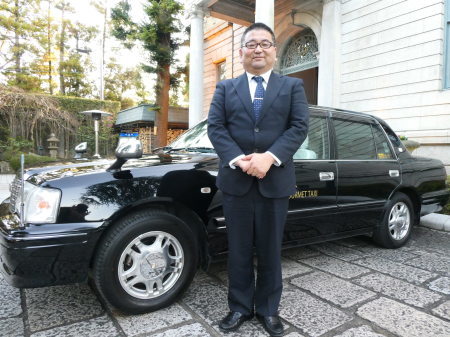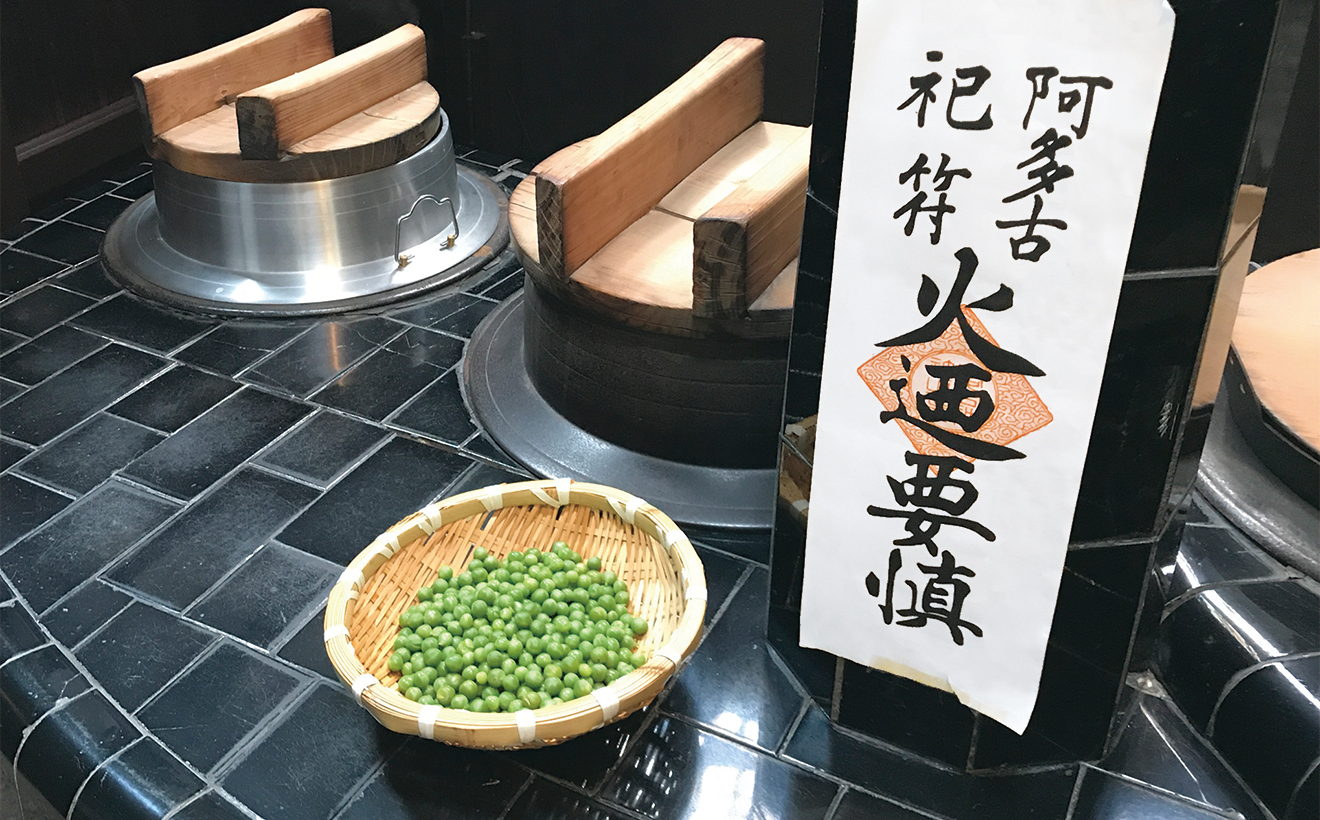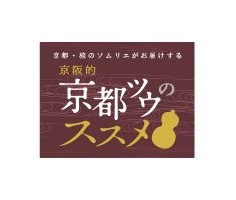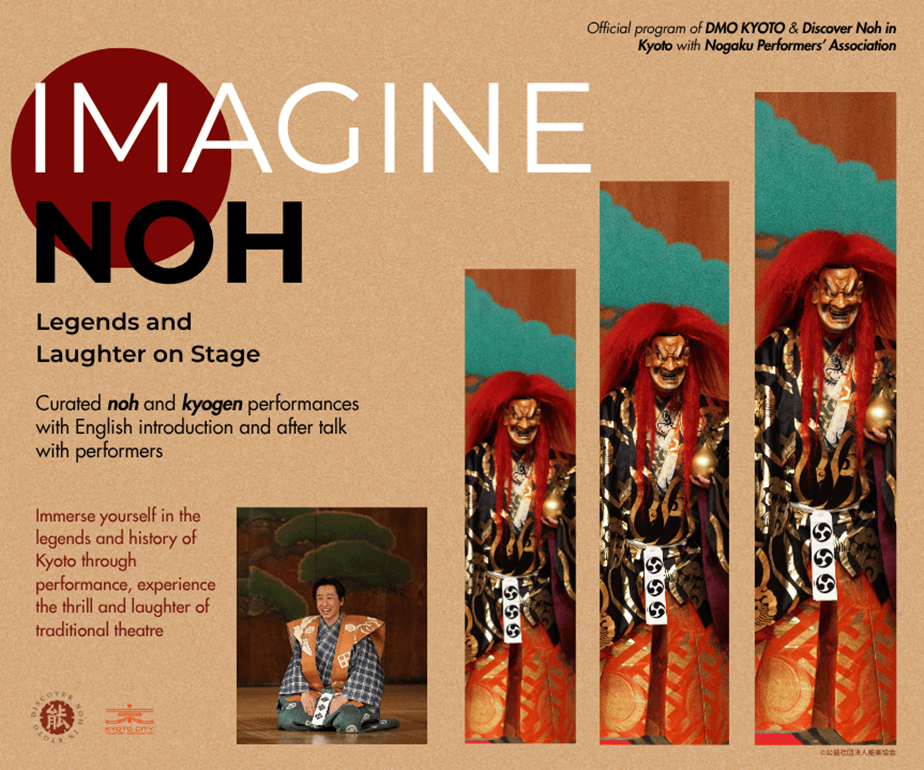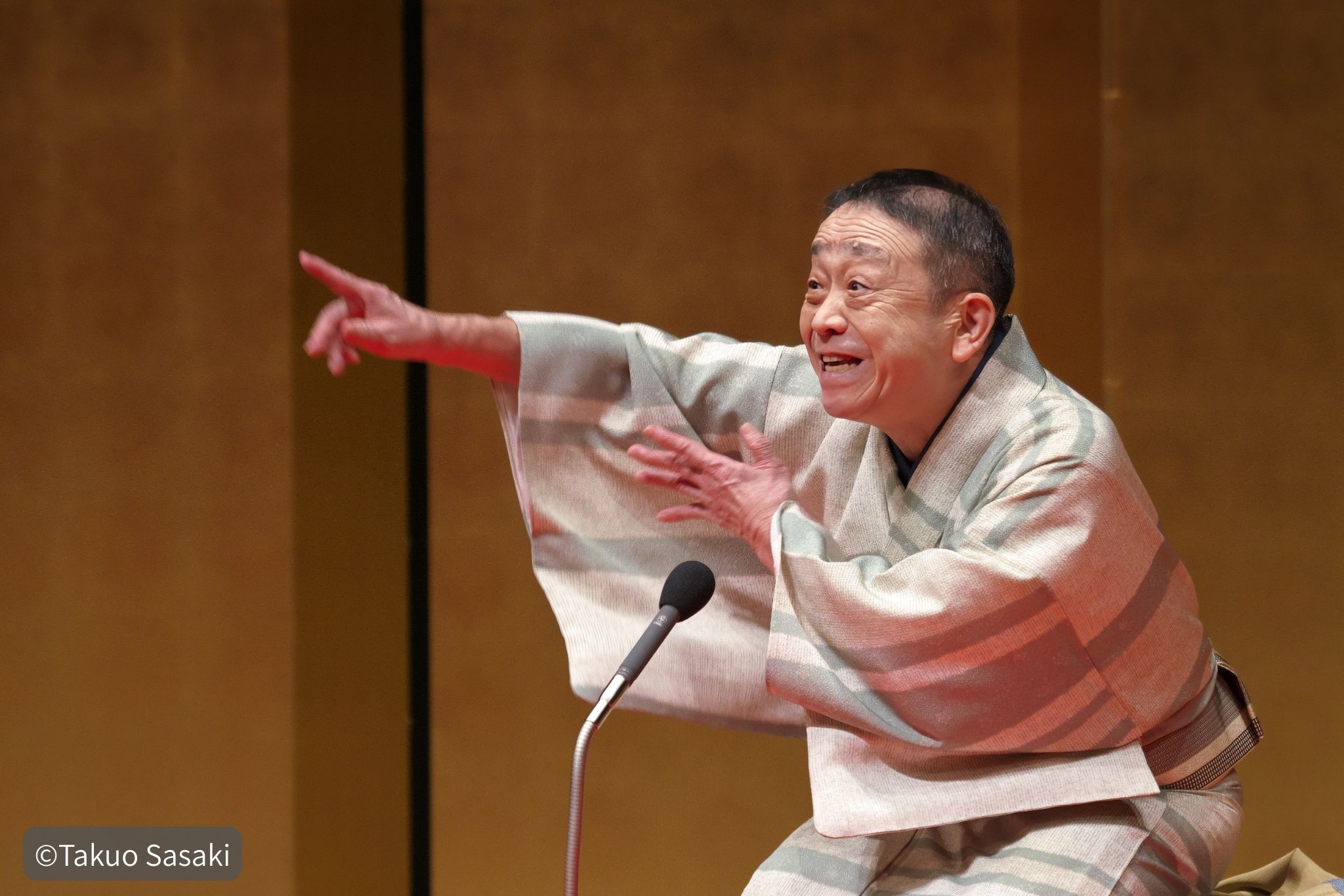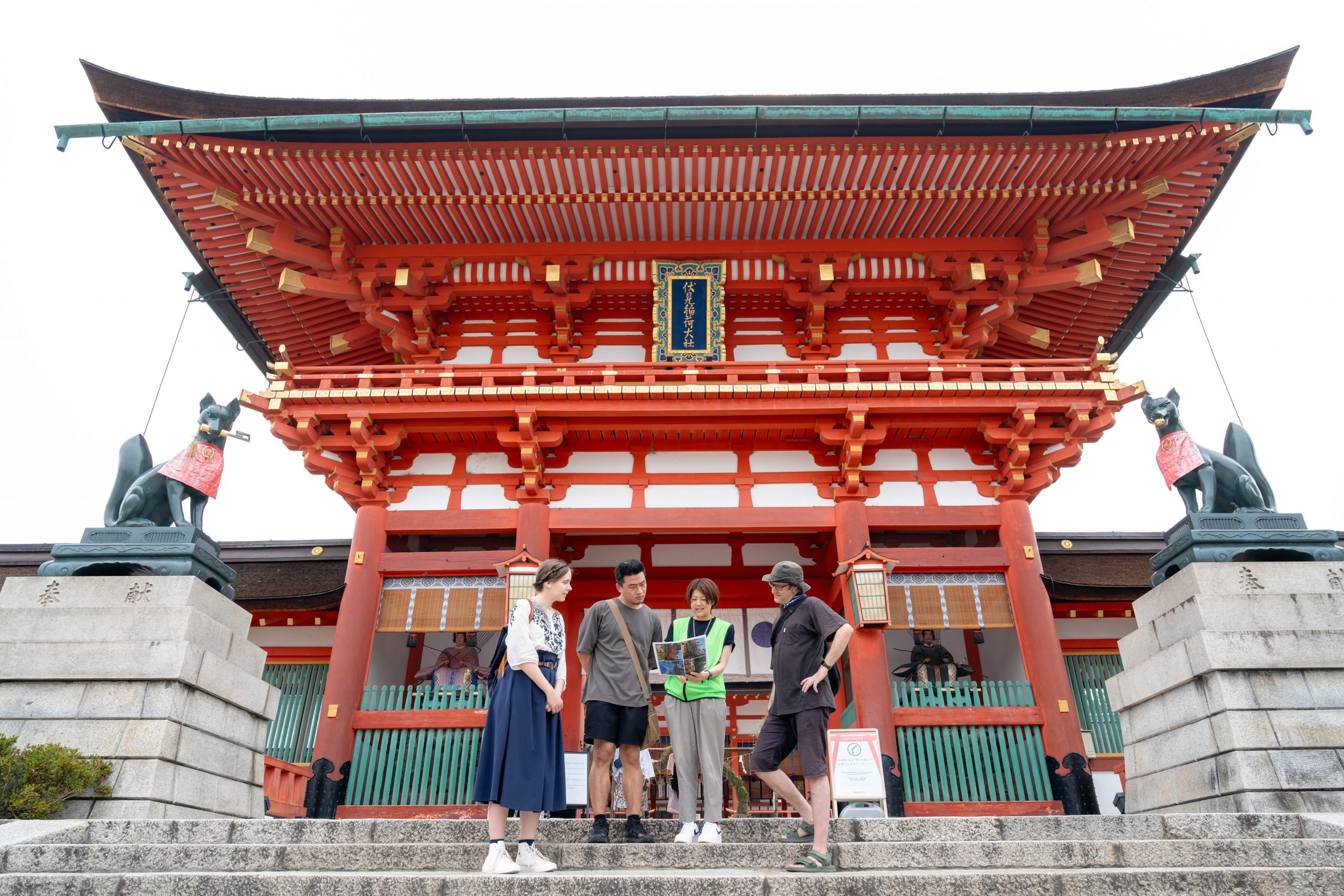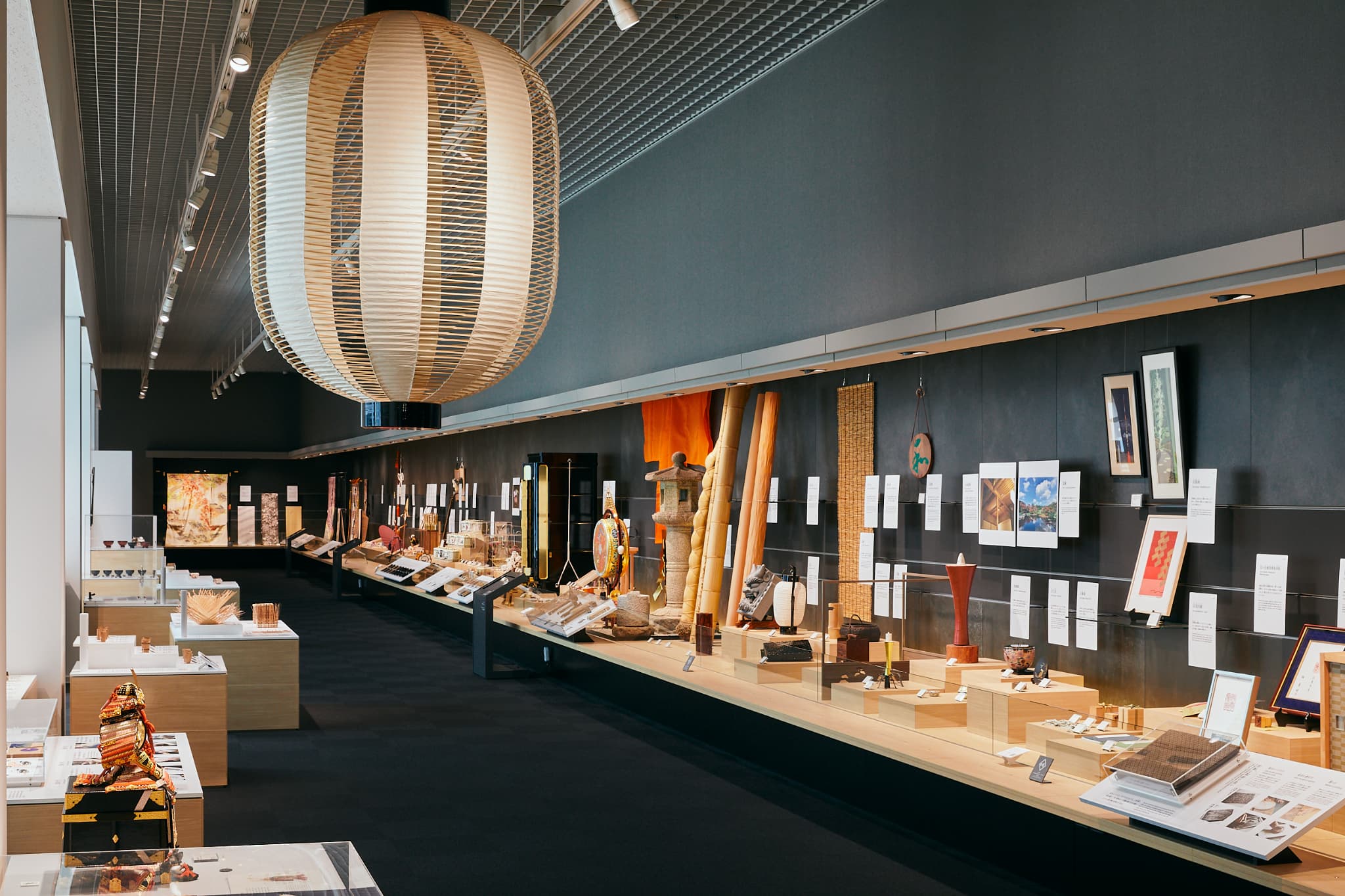
Kyoto was the capital of Japan for more than 1000 years. It was an era marked by refinement and aesthetic sensibility that still characterizes the city today. The culture that developed during this time also created a wealth of handcrafts. And in a city centered on the emperor and the aristocrats surrounding him, the quality was superlative. Comprehending Kyoto’s millennium of history is a challenge, but one way to understand the significance of many of the things you discover in Kyoto is to understand these crafts that shape the city. The best place to gain that insight is the Kyoto Museum of Crafts and Design (MOCAD), which makes this discovery fun. It is located in a spacious cultural zone around Okazaki Park that includes the Heian Shrine and its exquisite gardens, a number of art museums and many significant temples and shrines in the nearby Higashiyama region.
Calling MOCAD a museum is a little misleading. This is not a place where aged artifacts are kept behind glass and out of reach. The vast array of Kyoto traditional crafts—in 74 categories—that are on show here are newly made, changed according to the season and available to purchase and take home with you. MOCAD is on a mission to help keep Kyoto’s traditional crafts alive. To do that, it aims to keep the craftspeople in business, and to do that, it wants to make you fall in love with their works.
It does that, first, by sharing exquisite products from Kyoto’s designated traditional industries in a “permanent” exhibition that is the only place where they can all be encountered at once. The 200 objects—in 74 categories—include well-known ones, like kimono, but did you know that just in Kyoto alone there are a handful of different methods of dyeing and weaving that create many different styles of kimono?
The variety of crafts is broad, from pottery to paper, woodcraft, dolls, confectionary, metalcraft, lacquerware, lanterns, prayer beads, Buddhist altars and more. They span the daily needs of Kyoto-ites of old, and some of the lesser-known crafts even surprise Japanese visitors.
MOCAD not only lets you see and compare exquisite examples up close, but also gives simple, concise written explanations in English —and 14 other languages— of each craft method and touch-panel access to videos showing their manufacturing process.
You can also see that process in person. A demonstration of the making of one of the traditional crafts is held in the permanent exhibition area daily. They include Japanese candles, bamboo craft and yuzen fabric dyeing.
Key to what makes MOCAD fun is its hands-on displays. The first one invites you to try tying a ribbon-like cord called a sanada-himo that is associated with the tea ceremony. This one exhibit teaches you that there are three main schools of tea ceremony and that they each use a different colored cord and style of knot-tying to distinguish them. Other play exhibits include stamping a name seal, wrapping “gifts” in a furoshiki cloth, playing Buddhist singing bowls and assembling slide-together woodcraft.

MOCAD additionally has a museum shop with an extensive range of quality products—from daily utensils to interior goods and jewelry—that is not limited to traditional craft items. Museum staff are attentive to changing trends in what visitors are seeking for, so this may be the place to find what you are searching for.
Following refurbishment in 2020, the museum is even brighter and more comfortable. Not only is it a great sightseeing choice for kids, but also to escape the rain, heat or cold. It is located in the basement of the Miyako Messe exhibition hall (opposite Starbucks), and is an oasis from the crowds and a nice change of pace from temples and shrines.
The Struggle to Keep Kyoto’s Traditional Crafts Alive
Times change. And with them, so do our needs. For the traditional craft industries of Kyoto—the methods of which all date back at least 100 years—staying relevant is a challenge.
Seiji Hatta, senior fellow of the Kyoto Museum of Crafts and Design, illustrates this challenge by describing how integral these crafts were to the everyday lifestyle of Kyoto citizens of old. To cope with the extreme summer heat, for example, it made sense to leave the doors open to let air circulate through the house, he says, “But if you do that, everyone will be able to see inside. So, people hung a misu (bamboo blind) instead. That’s how the culture of using misu arose.”

Senior fellow of the Kyoto Museum of Crafts and Design, Seiji Hatta, (right) and Producer of tourism contents, Yutaka Sato (left)
Kyoto’s summers are still steamy hot, but whereas houses in older times would have somewhere to store the sliding doors that were removed, apartments don’t. The Japanese awareness of seasonality and “everyone changing their living style in response to the seasons was all supported by traditional crafts,” Hatta says.
Although seasonality remains a central aspect of Japanese culture and tradition, today we have air conditioning, and access to a vast range of cheap daily products. There has been a shift not only in usage, but also in thinking. In a time of mass production, appreciation of fine, well-made, long-lasting products has decreased, and it is this that the museum most aims to change.
Along with its seasonal selection of the full range of Kyoto’s traditional handcrafts, its explanatory material, demonstrations and hands-on exhibits help visitors understand the value of what they are looking at. These are expert works that last for generations. They are made with materials and methods that are centuries old. They are a piece of living history.

“We want visitors to see how the crafts are made,” Hatta explains. “To see the processes and how much work is involved and thereby understand why the products are expensive.”
The hands-on activities available in the museum let people touch the crafts and experience firsthand how they work. It is part of MOCAD’s mission to nurture “quality” users to match Kyoto’s quality products, Hatta says. “Traditional industries are sustained equally by quality manufacturers and quality users. Each of these sides makes up a half that creates the whole.”
The modern reality for craftspeople in Japan is harsh. For example, the production of obi sashes for kimono made in the Nishijin style of brocade has dropped from 7.33 million in 1975 to 280,000 in 2022. The number of workers in the Nishijin industry has sunk from 22,722 people to around 1,658 over a similar period.
Lower demand for traditional crafts means it is hard for their makers to earn a living. This poses a threat to the traditional culture that the objects support. There is only one remaining maker of traditional hair ornaments worn by Kyoto’s geiko (the Kyoto term for geisha), Hatta says. Only a few manufacturers of their Japanese-style umbrellas, two of their wigs, and as of recently, no-one who makes tailor-made tabi sandals anymore. Carpenters trained to make opulent, Kyoto-style Buddhist altars are leaving their traditional roles to apply those skills to transom making and architecture instead, he explains.
Rather than losing these craftspeople, Kyoto City is helping them branch out into more modern and popular applications of their traditional skills, while still maintaining their original vocations. An example is paper lantern maker, Kojima Shoten, which continues to make standard lanterns for temples and for the historic Gion Festival but is now also making lighting and modern lanterns for hotels and other venues, including the light shades above the entrance to the museum’s permanent display.

Kyoto City also grants funds for training young people in traditional craft manufacture and to update some equipment. It runs the Sustainable Future Crafts project that fuses traditional industries with other fields to develop new relationships between people and manufacturing, and support advanced initiatives that create future lifestyles.
The Kyomono Youth Competition is jointly held by Kyoto City and MOCAD and awards works suited to the modern lifestyle that are made by young craftspeople and companies in traditional industries. It continues to support their success through promotional collaborations with magazines, by holding a trade exhibition of the works in the Tokyo area, and by helping to develop sales channels. Past winners include cacao beans made not into chocolate, but candied using a traditional technique to make a unique, original treat.
Kyoto’s many festivals and it being home to the head offices of schools of tea ceremony, ikebana flower arrangement, noh and kyogen theater and the head temples of various Buddhist sects mean that it plays a significant role in maintaining traditional crafts as they were hundreds of years ago when these uses began. This repetition has refined the crafts of Kyoto and made them ripe for innovation. Kyoto knows that it is their relevance to our lives that is key to their preservation and is working to apply traditional skills and materials in new ways that fit our current and future lifestyles.
To ensure traditional culture is not lost and to pass it on to the next generation, Kyoto City is promoting initiatives that help the young artisans who represent the next era of Japan’s traditional industries apply their individuality and energy to create new value unrestrained by current assumptions. This work to support and maintain the sustainability of Japan’s traditional crafts also needs your help.
To find out more about preservation initiatives in Kyoto and how you can help, go here:
Preserve Kyoto official website
Information about Kyoto Museum of Crafts and Design:
B1F Miyakomesse, 9-1,
OkazakiSeishoji-cho, Sakyo-ku, Kyoto-shi, 606-8343, Japan
Tel : +81-75-762-2670
Kyoto Museum of Crafts and Design
